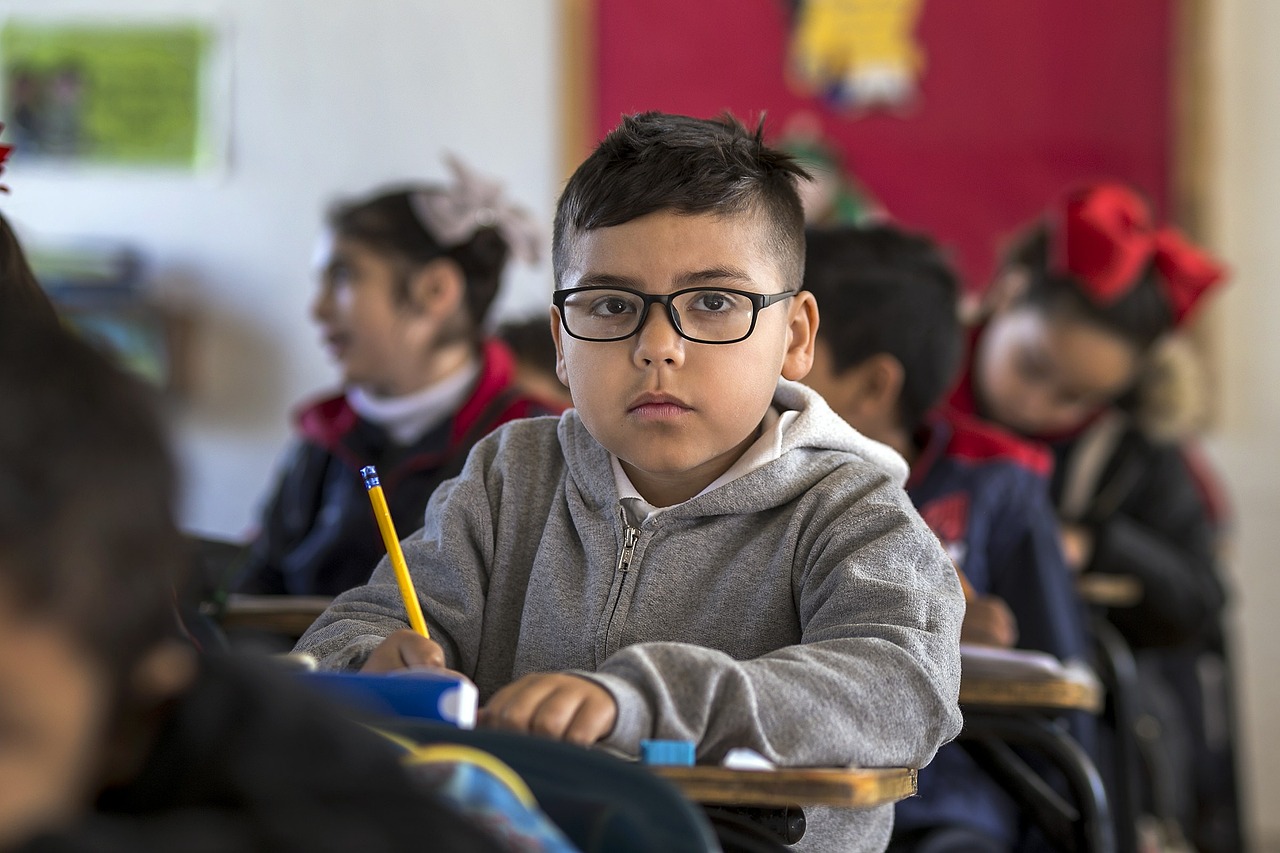Second Language Acquisition: Strategies for Effective Language Learning
Second language acquisition refers to the process of learning a new language after already having acquired one’s first language. It involves developing the ability to comprehend, speak, read, and write in a language other than the individual’s native tongue. This complex cognitive undertaking requires various skills such as vocabulary acquisition, grammar application, and pronunciation proficiency.
Language learners navigate through different stages in their journey of second language acquisition, starting from basic vocabulary and sentence structure acquisition to more advanced levels of fluency and comprehension. The process is influenced by individual factors such as motivation, age, aptitude, and exposure to the language, as well as external factors like instructional methods and cultural immersion. Understanding the nuances of second language acquisition can help educators and learners alike in fostering effective language learning strategies and techniques.
Key Factors in Language Learning
Mastering a new language involves various factors that contribute to the overall success of language learning. Motivation is key in driving individuals to persist in their language learning journey. Without sufficient motivation, progress can be hindered, making it crucial for language learners to stay committed and dedicated to their goal.
Another significant factor in language learning is exposure to the target language. Regular practice and exposure through various mediums such as conversations, reading materials, and media content can greatly enhance language acquisition. Immersing oneself in the language environment provides ample opportunities to improve language skills and gain a deeper understanding of the language structure and usage.
The Importance of Immersion in Language Learning
For language learners, immersion is a powerful tool that can significantly enhance their language acquisition journey. By immersing oneself in a language, individuals are exposed to real-life contexts and authentic communication, which can accelerate their learning process. Being surrounded by native speakers and daily language use can help learners grasp nuances, idiomatic expressions, and cultural insights that are crucial for achieving fluency in a language.
In addition to improving linguistic proficiency, immersion experiences also foster a deeper appreciation and understanding of the target language’s culture. Through immersion, learners gain firsthand exposure to traditions, customs, and societal norms, enabling them to develop a more holistic and authentic connection to the language they are learning. Embracing immersion opportunities can not only boost language skills but also broaden one’s worldview and intercultural competence, making the language learning journey more enriching and meaningful.
What is Second Language Acquisition?
Second Language Acquisition refers to the process of learning a new language in addition to one’s native language. This can occur through formal instruction, self-study, or immersion in a language-speaking environment.
What are some key factors in language learning?
Some key factors in language learning include motivation, exposure to the language, practice, and feedback. Immersion in the language-speaking environment is also crucial for developing proficiency in a new language.
Why is immersion important in language learning?
Immersion is important in language learning because it provides learners with the opportunity to practice their language skills in real-life situations. This helps learners develop fluency, improve pronunciation, and gain a deeper understanding of the language and culture.







